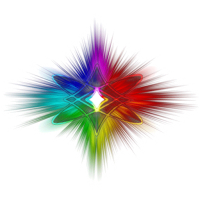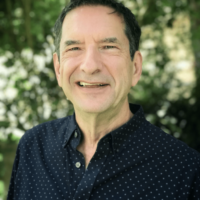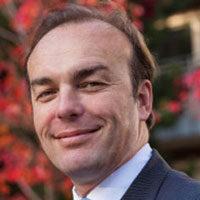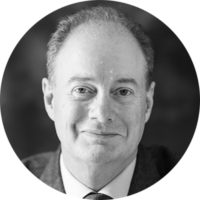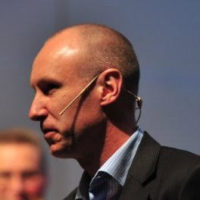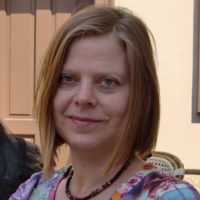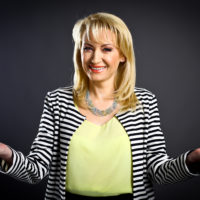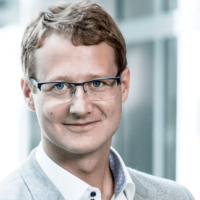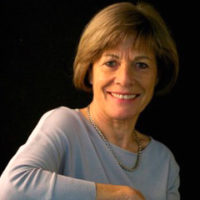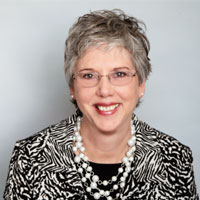In the mid 1960s, Bob Dylan’s song, “The Times They Are A-Changin,” became an anti-establishment anthem for frustrated young people. It carried a prophetic message that could have been both an ominous warning and a hopeful invitation. Looking back now from today’s context, his song feels somehow gentle and naïve. It was a simpler time.
Fifty years later, the times are no longer “a-changin;” the times have changed. Radically. Our world is anything but simple. In fact, rapid, continuous, unpredictable change is the “new normal.” Complexity has become the order of the day at every level of society, from family systems to global systems. It’s been called a VUCA world – volatile, uncertain, complex, and ambiguous – a world that feels increasingly unpredictable, chaotic, and unsafe.
Too often, we find ourselves not knowing how to move forward, whether at the societal level or the personal level. It has become painfully clear that the systems, approaches, guidelines, formulas, and conventional wisdom that we have relied on for so long are no longer working. In fact, the more we try to “fix” things or to “get things under control” again, the more “out of control” things become.
In frustration, many people ask: Why isn’t this working? What is the world coming to? How can we just make everything OK again?
Yet in the last few years, more people have started to ask: How do we respond to all that is happening? What needs to shift in how we think about and approach leadership? What if, instead of viewing things as breaking down, we view them as breaking open?
While there are no simple or definitive answers, there is actually one simple, yet not-so-obvious, question that can at least steer us towards an effective approach:
Is this situation complicated or is it complex?
While these two words, complicated and complex, are often used interchangeably in everyday conversation, they actually describe two very different realities that require two very different kinds of approaches. Understanding the difference and recognizing whether your situation is complicated or complex is a critical first step in navigating today’s VUCA world.
Broadly speaking, prior to 2000, we lived in a primarily complicated world. For most situations and circumstances, we could figure out what was happening based on our knowledge and experience. We could “think” our way through it, tracing a cause-and-effect sequence of choices, decisions, actions, and events that led to where things were at the moment. Then we could make a step-by-step plan that would most likely lead us to the outcome or result we desired. For the most part, the environment around us was stable and predictable enough that we could analyze what had happened and predict future outcomes.
In this complicated world, leaders were typically expected to have answers to questions, to clearly define the problems at hand and know how to solve them (or at least know who to ask for help), and to develop clear visions for the future. They were expected to design clear strategies for making things happen. More often than not, people were in agreement about desired outcomes, if not on the pathways to get there.
However, the 21st century has brought a new era. While we still occasionally meet “complicated” situations and circumstances, today we live in a primarily complex world.
In a complex world, very little is stable or predictable. The ground beneath our feet is constantly shifting; movement patterns are circular and erratic instead of linear. There are many moving pieces, constantly shifting conditions, and many different ideas and opinions about what the outcomes should be. Lots of things are happening at the same time, yet in the moment, the connections between them are not obvious.
In a complex world, our knowledge and experience from the past is often no longer relevant. Just because things worked a certain way before does not mean that they will work the same way again. The conditions are different, and to make things even more challenging, the conditions are constantly changing.
Therefore, in navigating a complex world, we need to be intuitive, creative, imaginative, innovative, flexible, and able to respond quickly to what is happening in the moment. Instead of having all of the answers, we learn to be comfortable in the “not knowing.” It helps to be able to see beyond the surface – to perceive beyond the obvious.
Successful navigators of complexity are able to dance with both the big picture and the details at the same time. They intuitively sense when to pause and give things time to come together or fall into place and when to move ahead in decisive action.
From a quantum physics perspective, the complicated world operates primarily in the “particle” state of fixed forms. The complex world, on the other hand, operates much more in the “wave” state – a state of constantly moving energy where anything is possible. The more we understand life, relationships, societal systems, and organizational structures as energy in motion, the clearer we become about how to navigate a complex world.
To the intellect, a complex world is confusing and overwhelming. The intellect longs for things to fit into a linear, neatly ordered, consistent structure. However, in a complex system, linear sequence and predictable patterns are the exception, not the rule. Therefore, the intellectual mind alone cannot grasp the many moving pieces and shifting patterns of complexity.
The larger intuitive mind, on the other hand, has a much greater capacity for handling complexity. It is designed to explore and discover, to recognize emerging patterns, to sense the hidden messages, and to “connect the dots” between seemingly unrelated circumstances and events.
To the intuitive mind, complexity is not a mystery. It’s just a different reality that requires a different set of skills and capacities. These skills and capacities are the essence of our work at the Center for Transformational Presence. They come to life through three fundamental practices and approaches.
First, Transformational Presence Leaders practice Whole-Mind Thinking and Whole-Being Awareness – the full engagement of our intuitive capacities.
Second, the leading question Transformational Presence Leaders ask in any situation or circumstance is: What wants to happen?
This is a very different question than “What do we want?” When we ask What wants to happen? our focus is on serving a common good rather than only on our own needs or desires.
Other ways of phrasing this question might be: What is the potential that is waiting to unfold? What is trying to shift? What is the breakthrough that is ready to happen? What is the message that is trying to come through?
As Transformational Presence Leaders get clear about what wants to happen next, their next question is: Who is that asking us to be?
In other words, what qualities or characteristics is this potential asking them to embody? What parts of them are being asked to “show up” or “step forward” in this situation?
Perhaps the potential is asking them to be honest or courageous, playful or creative, or to be clear in their message. Transformational Presence Leaders partner with potential – they co-create with what wants to happen. It’s a process of constant re-invention, renewal, and re-birth.
Third, once they are clear about how they need to show up, Transformational Presence Leaders keep tapping into the energy and potential for guidance in their actions. They understand that if they pay attention to what is happening at the energetic level, they will be shown their next steps. They will intuitively know what to do.
Transformational Presence Leaders are masters at staying in discovery rather than trying to “figure out” what to do next. The more agile they become in Whole-Mind Thinking and Whole-Being Awareness, the more smoothly they find their way through complex situations and circumstances. It’s actually not so difficult – it just takes practice.
Take a few minutes to consider some of the current situations and circumstances in your life and work. Notice which situations feel “complicated” – primarily linear and predictable. What do you know already about how to resolve these situations?
Then notice which situations feel primarily complex and unpredictable, confusing and maybe even overwhelming. What if, instead of trying to figure things out and make things happen, you pause to sense what wants to happen next? All you are looking for is a next step. You’re not trying to solve the whole puzzle or get a quick result. Complex situations don’t work that way.
What if you give yourself permission to not know the answers and, instead, let the answers show themselves to you? What if the potential waiting to emerge, or the “what wants to happen,” could actually lead you to an outcome far beyond anything you had imagined?
Of course, many circumstances and situations will have both complicated and complex elements. Navigating today’s VUCA world actually requires being able to shift from one approach to the other quickly and easily.
The key is awareness and practice. As you practice Whole-Mind Thinking and Whole-Being Awareness, you will soon quickly recognize which parts of your situation are complicated and which are complex. And then you will have a clearer understanding of how to move forward.
If you enjoyed this blog post and found it helpful or inspiring, please share it with your friends on social media by clicking on the icons below. You are also welcome to make a comment below.
You may subscribe to our free weekly newsletter by clicking here.
Related Blog Posts:
- Living In a VUCA World – Making a Fundamental Shift In How We Think
- Where Do We Go From Here?
- “Unframing” Business – How Focusing on Human Potential Transformed a Company



